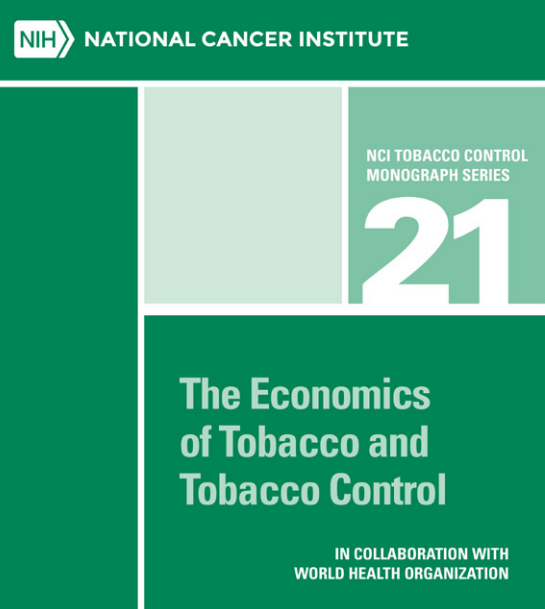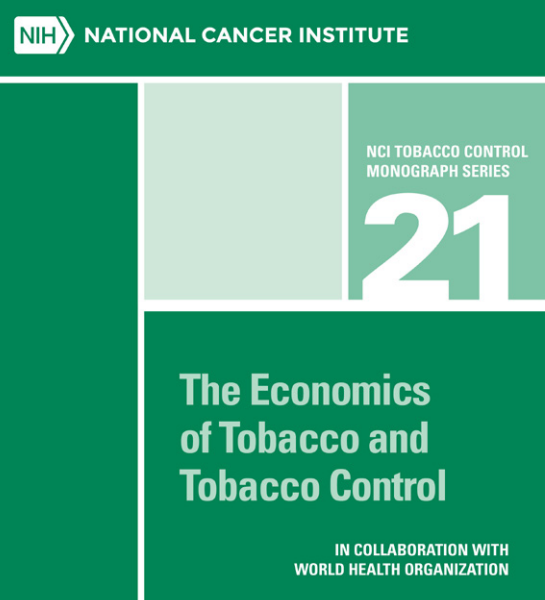

Tobacco use remains one of the world’s leading causes of preventable premature death, including death from cancer. Globally, there are 1.1 billion tobacco smokers age 15 or older, and tobacco use burdens economies with more than US$ 1 trillion in health care costs and lost productivity annually. Although there are effective, evidence-based interventions to reduce tobacco use and related morbidity and mortality, these are not yet utilized to their full potential.
This monograph:
- Presents extensive new evidence from low- and middle-income countries (LMICs) and highlights the unique challenges of implementing tobacco control measures in LMICs
- Examines global tobacco control efforts since the 2003 adoption and 2005 entry into force of the World Health Organization Framework Convention on Tobacco Control (WHO FCTC)
- Discusses new infrastructure issues ranging from privatization to trade liberalization and evolving trends in tobacco use and the tobacco product market.
- Above all, the research summarized in this monograph confirms that evidence-based tobacco control interventions make sense from an economic as well as a public health standpoint.
This monograph, a collaboration between the National Cancer Institute and the World Health Organization, examines the current research and evidence base surrounding the economics of tobacco control—including tobacco use, tobacco growing, manufacturing and trade, tobacco product taxes and prices, and tobacco control policies and other interventions to reduce tobacco use and its consequences. This information can help direct future research and inform tobacco prevention and control programs and policies in countries around the world.
